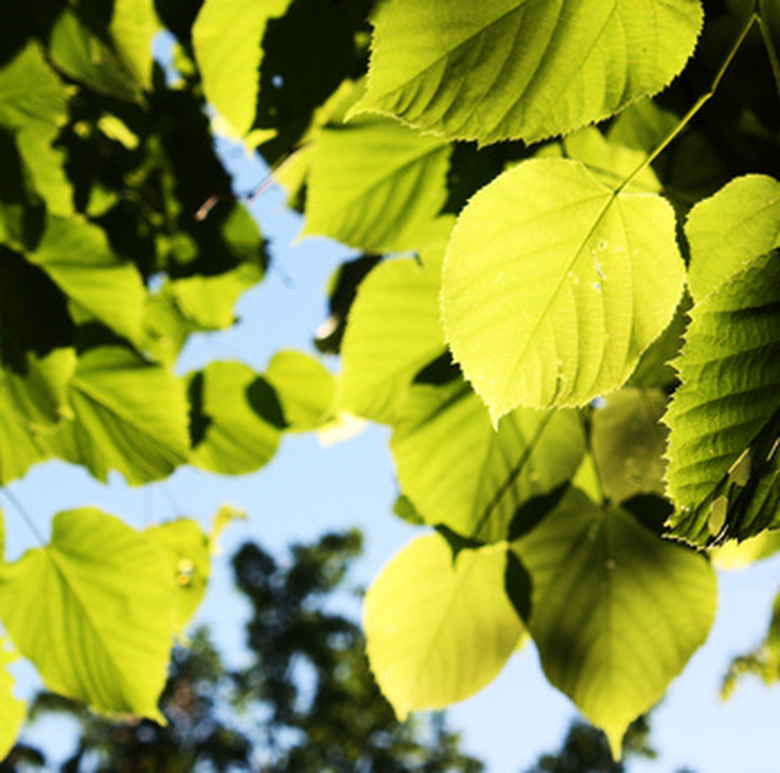What Is A Redmond Linden Tree?
Casting welcome shade on a hot summer's day, the Redmond linden is a large deciduous tree with attractive heart-shaped leaves. Growing best in a deep, fertile soil that is moist, it needs room for its branches and root system. Although not tolerant of air pollution and dry soil, it is a viable urban tree if planted in a spacious lawn or park setting.
Taxonomy
The Redmond linden is a cultivated variety, or cultivar, of the American linden or basswood. Its scientific name is Tilia Americana 'Redmond'. Some literature and plant nurseries erroneously label the plant as Tilia x euchlora 'Redmond'.
Origins
The American linden, sometimes called the American lime by European gardeners, is native to the hardwood forests and deep soils of the northeastern quarter of the United States and extreme southeastern Canada. Cultivar Redmond was selected by the staff at Plumfield Nurseries in the American state of Nebraska in 1927. The original specimen had a desirable cone-shaped canopy of foliage and was fast-growing, making it ideal for use as a shade tree.
- Casting welcome shade on a hot summer's day, the Redmond linden is a large deciduous tree with attractive heart-shaped leaves.
- The original specimen had a desirable cone-shaped canopy of foliage and was fast-growing, making it ideal for use as a shade tree.
Description
Redmond linden grows to a mature height of 40 to 60 feet and width of 25 to 30 feet. It has a singular trunk with smooth gray bark and strong branches that create a pyramid-like structure. With great age, the tree canopy become slightly more rounded. The leaves are glossy green with a lighter green underside and attractively shaped like hearts.
In early summer, the tree is magnificently perfumed by thousands of small flowers that attract honeybees. Following the blossoms will form pea-sized nutlets that fall from the tree with a winged stem, or bract. In autumn the leaves become a delicate light yellow in color before falling off.
- Redmond linden grows to a mature height of 40 to 60 feet and width of 25 to 30 feet.
- In autumn the leaves become a delicate light yellow in color before falling off.
Hardiness
Grow Redmond linden in USDA Hardiness Zones 3 through 8. Gardeners in western North America who use Sunset Climate Zones as a guide should note this tree is well-suited for Zones 1 through 17. It is tolerant of acidic to moderately alkaline soils (pH 5.0 to 8.0), light seasonal drought and intense winter cold and wind.
Uses
The quality of foliage and strength of the branches makes this tree a prized shade tree. The wide-spreading lower branches of 'Redmond' may not make it the best choice as a boulevard tree unless it is set back at least 15 to 20 feet from the traffic flow.
Avoid using this selection if there is air pollution in the landscape, particularly in crowded urban areas. Besides being a nicely shaped shade or street tree, it is a source of nectar for honeybees, which make a distinctively flavored, dark amber honey from all American lindens when in flower.
- Grow Redmond linden in USDA Hardiness Zones 3 through 8.
- The wide-spreading lower branches of 'Redmond' may not make it the best choice as a boulevard tree unless it is set back at least 15 to 20 feet from the traffic flow.
References
- Missouri Botanical Garden: Tilia Americana 'Redmond'
- "Dirr's Hardy Trees and Shrubs"; Michael A. Dirr; 1997
